‘The Sound of Water’, or How to Escape the Trap of One’s Life
In this short film, director J.B. Braud depicts the process that leads a woman, Chisato, to make the decision to disappear.
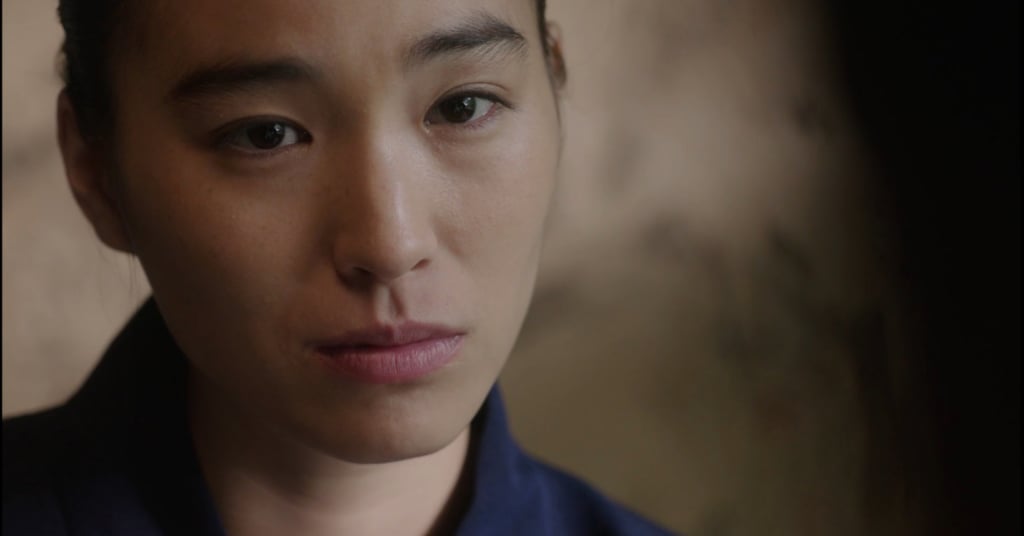
© Pen Films
As many news items illustrate, it is often the most mundane and bleak existences that are turned upside down by what could be considered a minor event. If film is a means of expression that is in a position to reveal a mental process that is intimate and that justifies choices made in life, director J.B. Braud likes it when these choices are radical, instinctive, irrational. His new Franco-Japanese short film, The Sound of Water, demonstrates this passion.
After In the Still Night, J.B. Braud called upon actress Saki Asamiya once again. She plays Chisato, a woman whose rural life is shaken up by encounters — with Paul, played by Maximilien Seweryn, and Teruo, portrayed by Kentez Asaka — that lead her to run away and leave everything behind. This new production from Pen Films, currently being broadcast in France on Canal Plus and in Japan on Tsutaya TV, was partly filmed at Mount Koya, or Koyasan, in Wakayama prefecture, a sacred Buddhist site, the final point of the Shikoku pilgrimage route comprising 88 temples.
We asked the director some questions.
How did this project come about?
The idea came from the place, Koyasan, a sacred mountain not far from Osaka. There, a well-known legend tells of how a man leaves his family for his entire life after having witnessed an event that he considers disappointing: cherry trees losing their flowers before spring. What is interesting about this is the fact that this man’s reaction, which seems disproportionate, does not give rise to a moral, and is not justified in the initial tale.
In The Sound of Water, Chisato has had a relationship with a man — but the precise nature of this relationship and the degree of intimacy between the two individuals are unknown. This episode leads her to abandon her life and family.
What are you telling us through this film?
I want to shed light on things we don’t really talk about, to connect worlds. I am fascinated by the subject of voluntary disappearance, by people who decide to leave their lives behind, for whatever reason. It’s a universal subject and one that affects me. Who’s never thought about it before?
Chisato has betrayed her family, and the situation becomes too difficult for her. She is really trapped because if she decides to admit adultery (platonic or otherwise), her life will become a living hell. The situation is far more oppressive when experienced in a rural environment, in a smaller community.
How has your working process evolved with this new directorial project?
This film is more improvised than those that came before it; I would say it’s more ‘animal’, unlike In the Still Night where the result corresponded to the storyboard exactly, where everything was specified, controlled. Nevertheless, The Sound of Water — shot on a digital camera — corresponds to my style, highly focused, highly constructed, because I come from a photographic background. The creative process often begins with a story, then you look for the location, the actors, etc. Here, I proceeded by induction, I already had certain elements, and particularly Saki Asamiya, who I thought of immediately.
In the sequences in the short film, you highlight symbols, markers, allegories, that leave room for an interpretation that is unique to each viewer.
Sometimes we try not to show things so that we don’t focus on them, and this is exactly what I’m emphasising here. I like modesty, symbols, settings. The red teapot that steams when Chisato is with a lover, without us knowing for certain that the relationship has been consummated. Ozu specialised in this. I find it interesting to retain a little bit of mystery, to not show everything.
The Sound of Water (2021), a short film directed by J.B. Braud, can be found on the Canal Plus website in France and the Tsutaya TV platform in Japan.
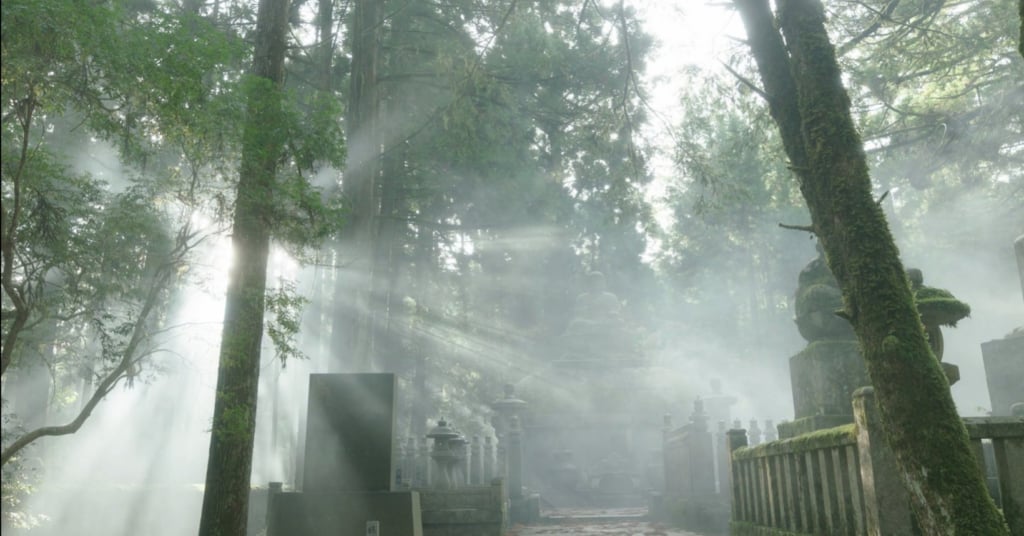
© Pen Films
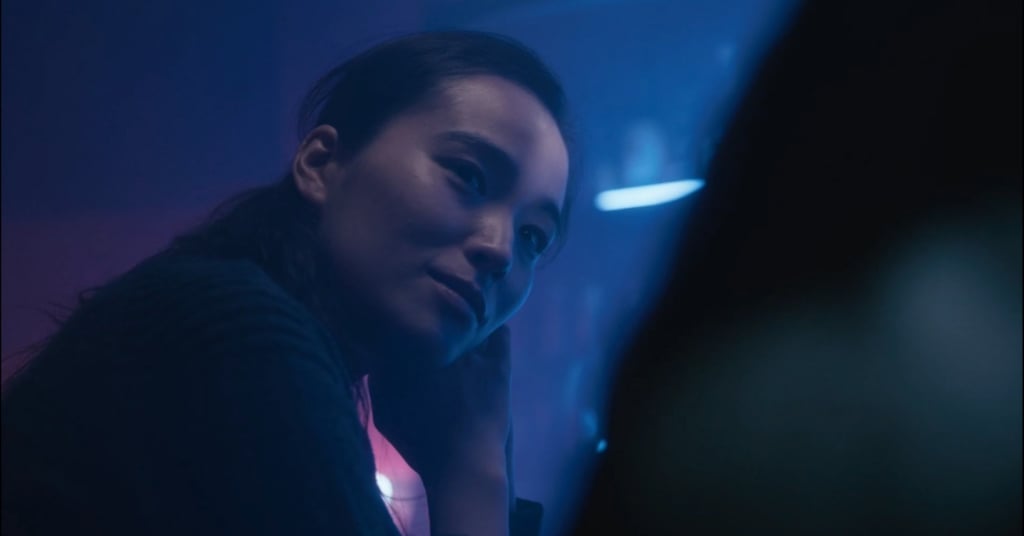
© Pen Films
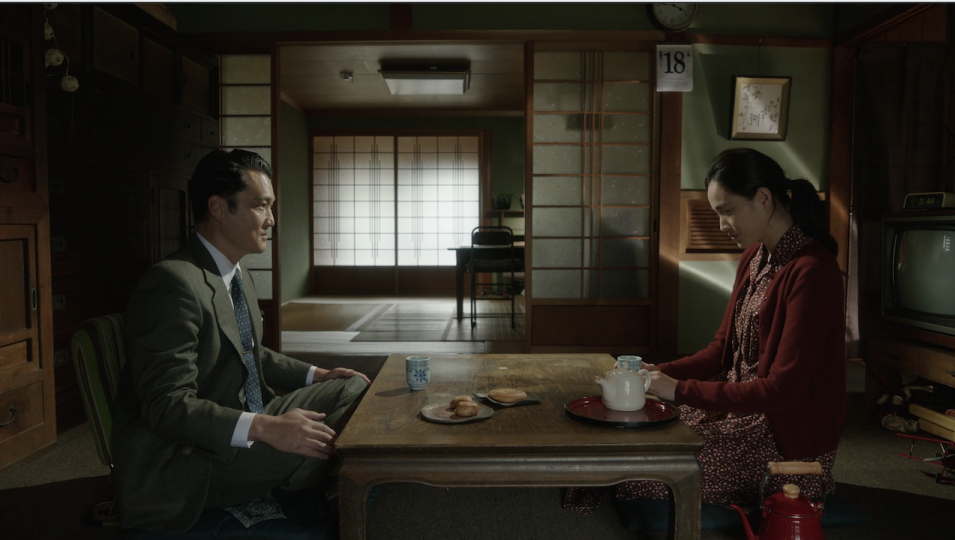
© Pen Films
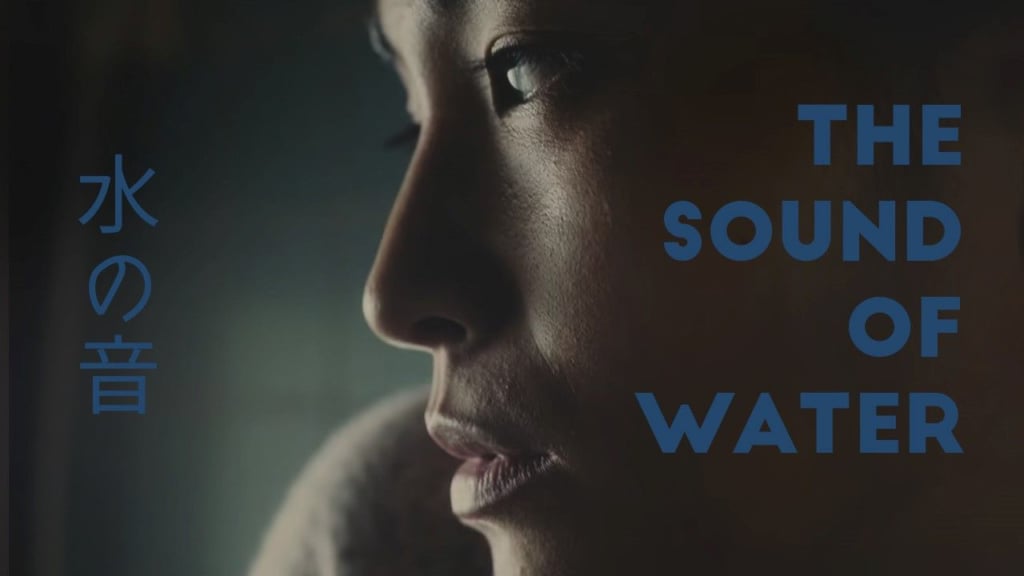
© Pen Films
TRENDING
-
A House from the Taisho Era Reveals Its Secrets
While visiting an abandoned building, Hamish Campbell discovered photographs the owner had taken of the place in the 1920s.

-
The Taboo-Breaking Erotica of Toshio Saeki
The master of the 1970s Japanese avant-garde reimagined his most iconic artworks for a limited box set with silkscreen artist Fumie Taniyama.

-
With Meisa Fujishiro, Tokyo's Nudes Stand Tall
In the series 'Sketches of Tokyo', the photographer revisits the genre by bringing it face to face with the capital's architecture.

-
Masahisa Fukase's Family Portraits
In his series ‘Family’, the photographer compiles surprising photos in which he questions death, the inescapable.

-
Hajime Sorayama's Futuristic Eroticism
The illustrator is the pioneer for a form of hyperrealism that combines sensuality and technology and depicts sexualised robots.





